horse farm
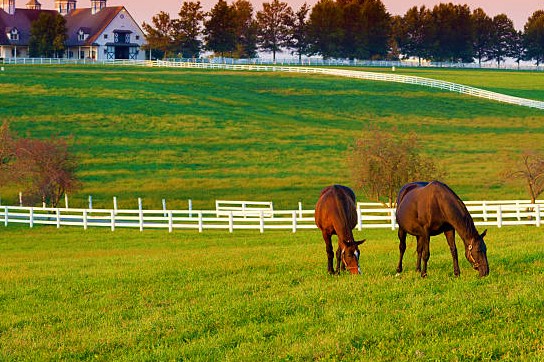
horse farm
Horse farm, principles of proper horse breeding
Horse farms are agricultural operations that require a lot of attention. In the reasonable care of it, those who want to establish a horse farm must learn how to make horse breeding not too difficult. Because the more knowledge we have how much information do you have? Our horse breeding will be more successful. Because of that in this article so he gathered a lot of information about horse breeding to create horse farms to leave everyone together.
Horse farm setup
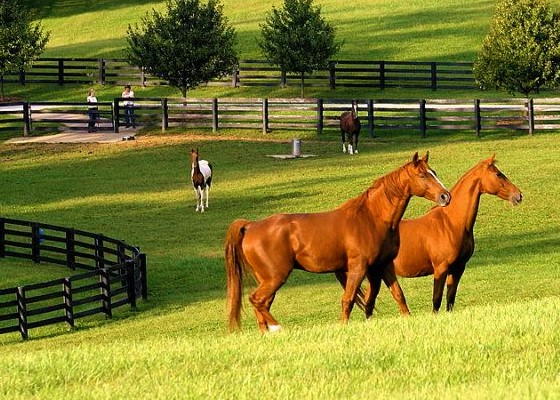
Horses need shelter from the natural elements such as wind and rain , as well as space to exercise. He often relies on reaching shelter for protection from the elements. In some cases, animals are kept in pens or stables for comfort. They are accessed by managers or to prevent weather conditions for various reasons. For horse owners who do not own their own land, paddocks and barns can be rented. From private landowners or areas for individual horses that can be leased from an animal farm Horses that do not work full time in fields or pastures usually require regular exercise. However, if a horse is ill or injured, it may have to be confined to a stable, usually in a stable. Because horses are animals in most herds. There will be better mental behavior when approaching other horses or between horses and cats. Goats and other breeds are exceptions, as some horses, especially stallions, tend to be isolated from other horses, especially other males where they may challenge their dominance. For safety and inspection they can be separated from the herd before calving, as horses need access to clean water at all times and access to appropriate forage such as grass or hay. Unless the animals are fully cared for in the pastures. Where a natural open water source is present, horses should be fed daily.
Horse farm to feed horses
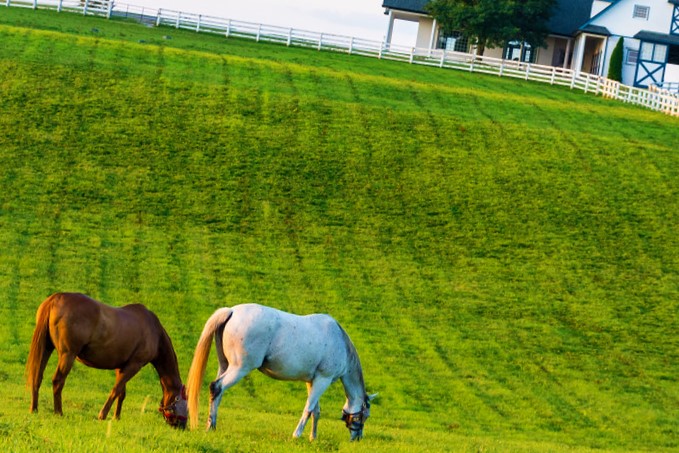
A horse or pony needs approximately 1.5% to 2.5% of its body weight as food per day, depending on age and activity level. This may include rare feeds such as grass or hay and concentrated extracts such as commercially prepared pellets or feed pellets. Best practice is to feed horses in small amounts several times a day unless they are out on pasture full time. A free selection of clean water should be provided at all times unless there is a specific reason to limit water intake for a short period of time, and some horse owners add certain vitamins or nutritional supplements. which provide many different benefits
Some people like horses, some of which are “easy to keep” and prone to obesity, while others are “hard to keep” and require large amounts of food to maintain their slim stature. The average riding horse weighs about 1,000 pounds (450 kilograms), but a horse’s weight can be more closely estimated using a weighing tape, which can be purchased at a feed or hardware store.
Horses that are not ridden daily or otherwise under stress can maintain adequate nutrition in pasture or hay alone with adequate water (10–12 US gal (38–45 L; Fig. 3). 8.3–10.0 units per day). And access is free. Use salt cubes or loose salt. However, horses and ponies in stable work often need forage and concentrate feeds.
An improperly fed horse can suffer from colic or a flaky tongue, especially if he has been spoiled, overfed, or there has been a sudden change in diet. Young horses that are fed incorrectly may develop growth disorders due to nutritional imbalances. Young horses may develop osteonecrosis. If you eat a lot, regular checking of your horse’s condition can help your horse maintain an optimal weight.
Take care of horse hooves and shoes
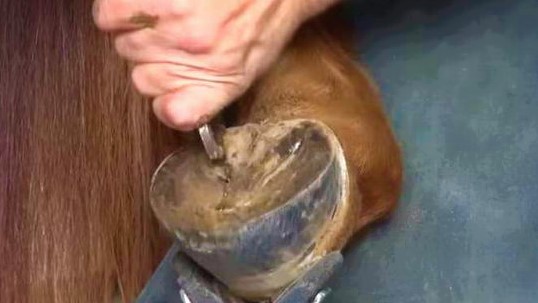
Horses’ or ponies’ hooves are cleaned by scraping the hooves to remove mudstones. And make sure your shoes (if worn) are in good condition. Keeping your feet as clean and dry as possible helps prevent foot disease. As well as fungal hoof disease, the feet should be cleaned every time a horse is ridden, and if not ridden, the feet should be checked and cleaned frequently. It is recommended to clean it every day. In many management books, even if the horses are fed and not ridden, weekly checks of the horse’s healthy hooves are sufficient during good weather. The use of kibble oil or specific treatments vary by region, climate and the needs of each horse. Many horses have healthy feet throughout their lives. without the need for hooves
Other important factors are horse breeding
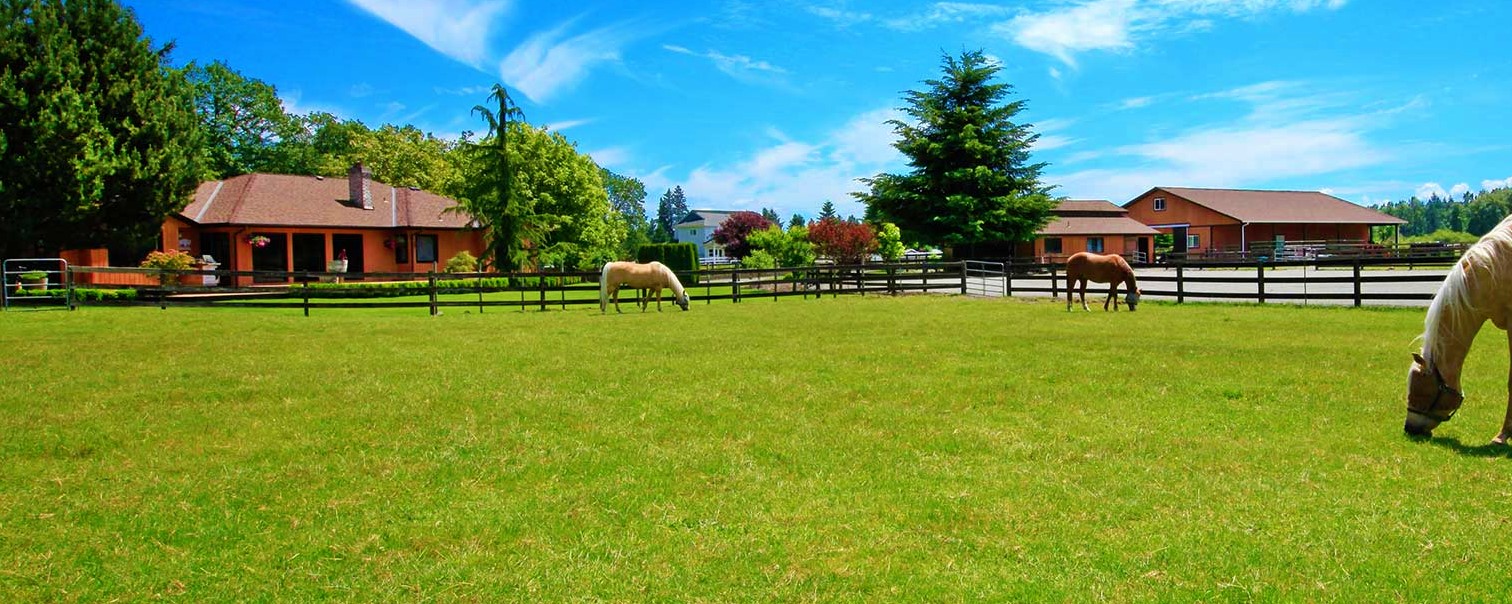
Money is an important factor that people interested in keeping horses must consider first . Because when you bring him to the party You are responsible for the horse’s life. By those who want to raise horses it is necessary to understand the cost of raising horses . It doesn’t just end up costing the horse. Because horses also need food pellets, grass, water, stalls, medication and basic grooming equipment too.
The horse is an animal that grazes as its main food. Therefore, a piece of grass for one horse should be equal to half a football field or about 1 ray, and there should be good grass growing all around. Since horses need to graze up to 1.5-2% of their body weight, for example a 400kg horse will need 6-8kg of hay/day or if the grass is fresh, horses will need 12-16kg/day day.
Pellets are also very important to horses. Because it is a source of energy and a source of minerals, vitamins and minerals, because the grass in Thailand is of low quality and few minerals. Therefore, food pellets are of good quality and there should be an adequate amount of mineral supplementation as well. In addition, with the sweltering heat in Thailand he makes horses that are fed in Thailand. The demand for mineral salts is higher than for domesticated horses in other countries. If the mineral is deficient the horse will not get the heat well. A horse with a high body temperature with a lack of mineral salts often suffer from shortness of breath. Horses that are severely malnourished will be dehydrated, which will also cause severe heartburn.
The horse is a large animal. Who want a large area to run for exercise Use strong muscles to fly around the farm. One horse requires 2 ray, if more than that, it will be added. If the horse is raised in an enclosed space, it will cause behavioral problems and health problems. The horse is physically and mentally stressed. For it to turn into an aggressive horse for that, there must be enough space.



